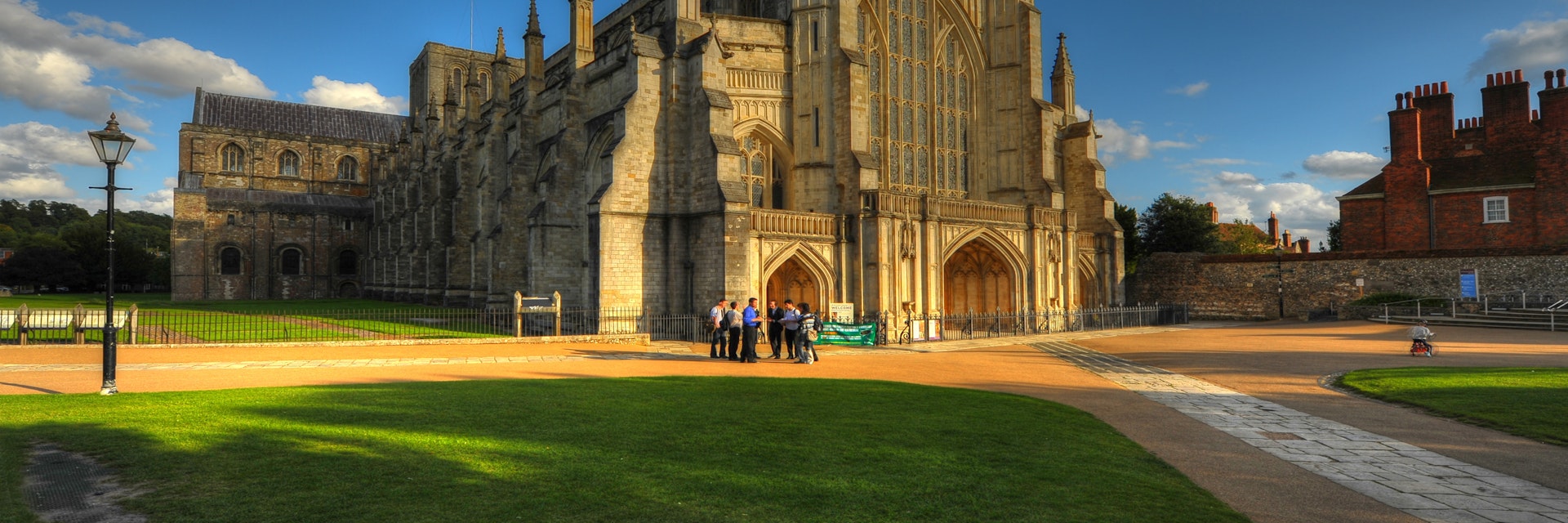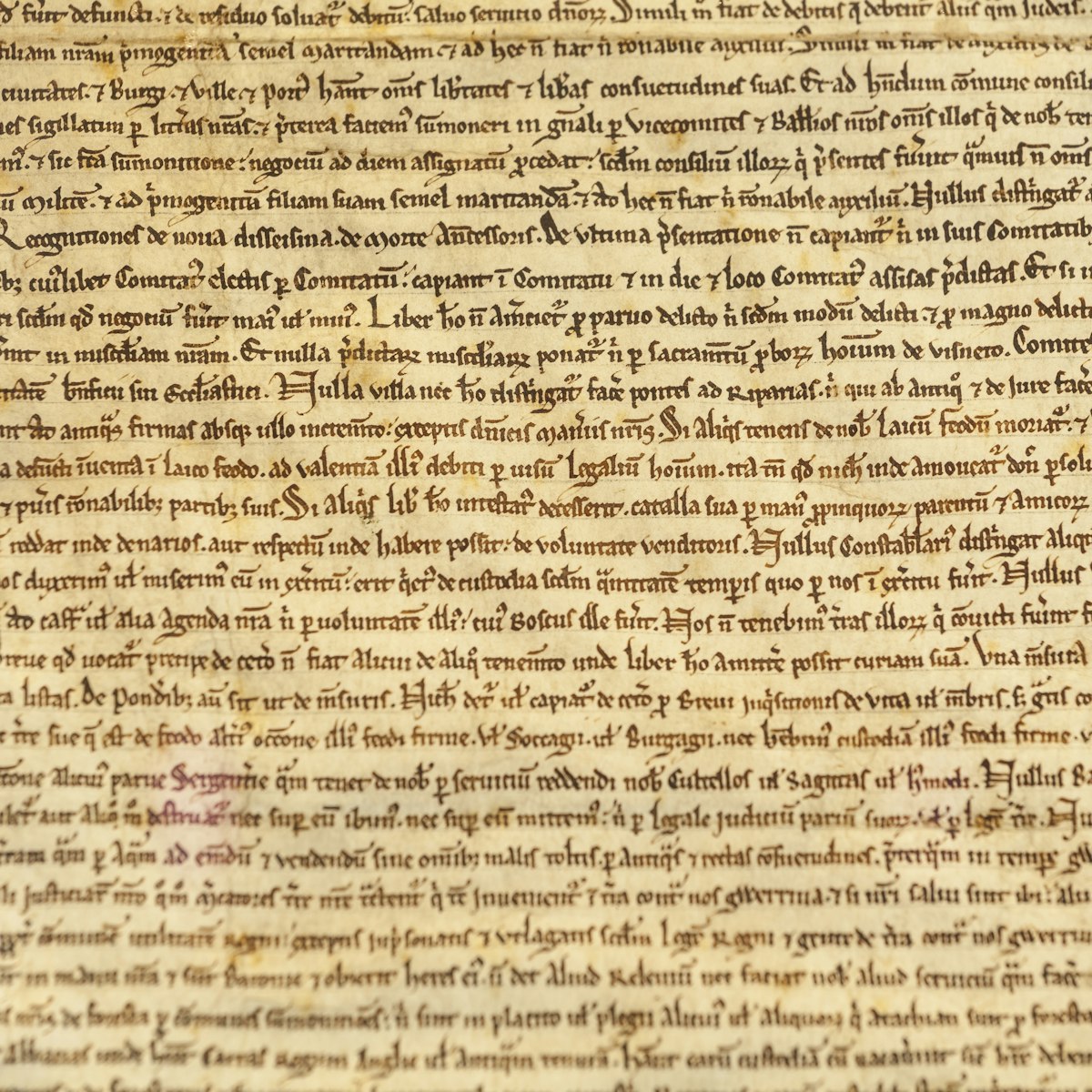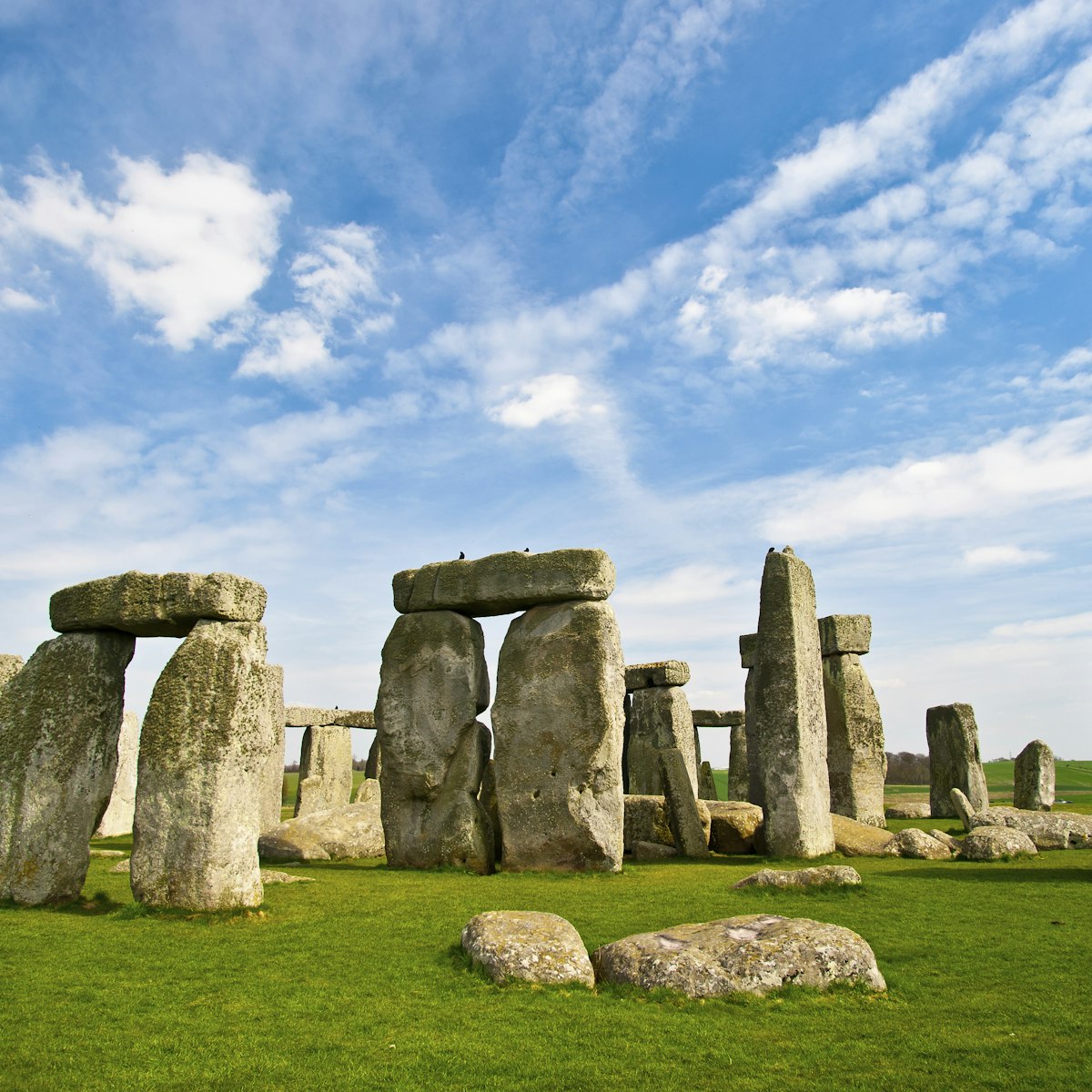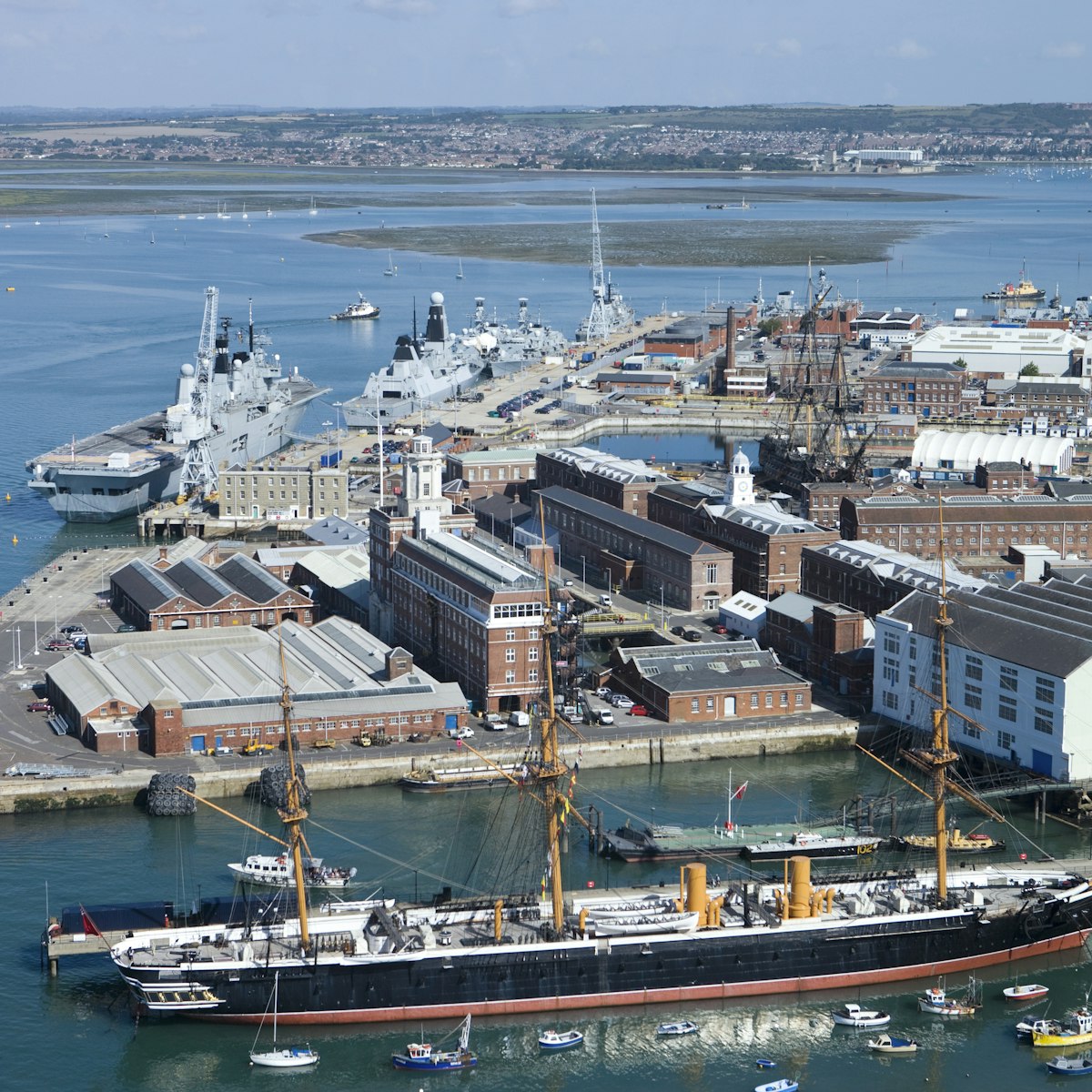One of southern England's most awe-inspiring buildings, 11th-century Winchester Cathedral boasts a fine Gothic facade, one of the longest medieval naves in Europe (164m), and a fascinating jumble of features from all eras. Other highlights include the intricately carved medieval choir stalls, which sport everything from mythical beasts to a mischievous green man, Jane Austen's grave (near the entrance) and one of the UK's finest illuminated manuscripts. The excellent Tower and Roof Tours get busy – book well ahead.
As the biggest, brightest and best surviving 12th-century English Bible, the dazzling, four-volume Winchester Bible has vivid illuminated pages. It was commissioned in 1160, possibly by the grandson of William the Conqueror. At the time of writing, long-term conservation work meant only one volume of the Bible was on display, in a temporary exhibition in the North Transept (open from 10am to 4pm Monday to Saturday). Check online for the latest.
Today's cathedral sits beside foundations that mark Winchester’s original 7th-century minster church. The cathedral was begun in 1070 and completed in 1093, and was subsequently entrusted with the bones of its patron saint, St Swithin (Bishop of Winchester from 852 to 862). He is best known for the proverb stating that if it rains on St Swithin's Day (15 July), it will rain for a further 40 days and 40 nights.
Soggy ground and poor construction spelled disaster for the early church. The original tower collapsed in 1107 and major restructuring continued until the mid-15th century. Look out for the monument at the far end of the building to diver William Walker; he saved the cathedral from collapse by delving repeatedly into its waterlogged underbelly from 1906 to 1912 to bolster rotting wooden foundations with vast quantities of concrete and brick. In the crypt, look out for Sound II, an enigmatic life-size depiction of a contemplative man by Anthony Gormley.
The highly informative, one-hour Cathedral Body Tours (10am to 3pm Monday to Saturday) and atmospheric Crypt Tours (10.30am, 12.30pm and 2.30pm Monday to Saturday) are included in the admission price for Winchester Cathedral.
Choral evensong (5.30pm Monday to Saturday, 3.30pm Sunday) is atmospheric; other Sunday services take place at 8am, 9.45am and 11am. Listen out, too, for the magnificent peal of bells at 8.45am and 2.30pm each Sunday.
The cathedral's tree-fringed lawns make for tranquil spots to take time out, especially on the quieter south side beyond the cloisters; the permanent secondhand book stall in the Deanery Porch provides great bargain hunting.





